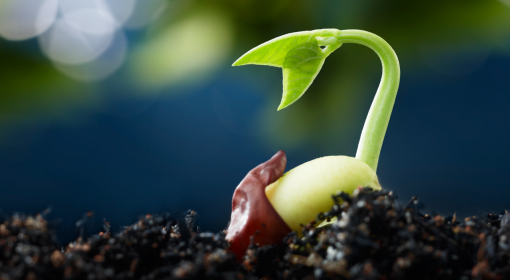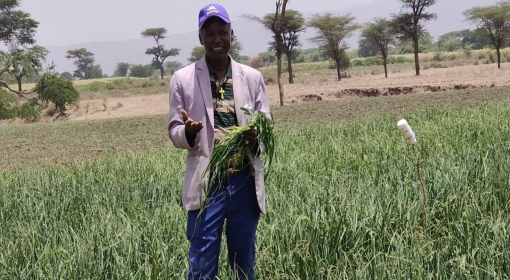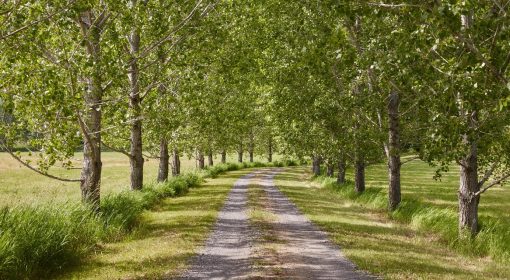By Frank van Steenbergen
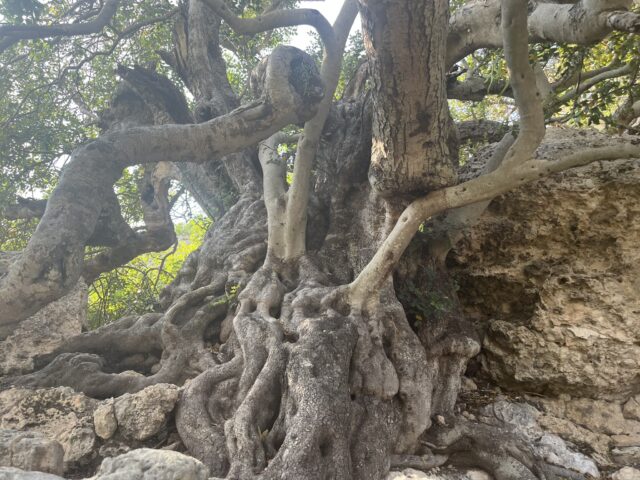
There is a 1000-year-old carob tree along an ancient Roman road and pilgrims’ path in Xemxija in Malta. There is a love poem written for this millennial tree:
To the Old Carob Tree
Oh carob tree
So gnarled and so dishevelled
Who knows how many events
Throughout your life
You had to witness
For our forefather you
Were worth your weight in gold
And till this day
You still our hearts
Reigning in beauty
The old carob tree trunk is more than 7 meters in circumference. The tree has twisted branches grown to the ground all around, supporting itself in its old age. The tree keeps renewing itself, with new branching sprouting from the old wood, with many branches bearing pods of seed. The tree has lived throughout history – seen so many generations, so many changes. In all its years the tree has been a haven for birds and a late season forage for bees.
There is much to love about carob trees. Common throughout the dry parts of the Mediterranean they settle easily, bringing abundance in green. Whereas the Mediterranean is their heartland, they also grow in Latin America, Australia and South Africa.
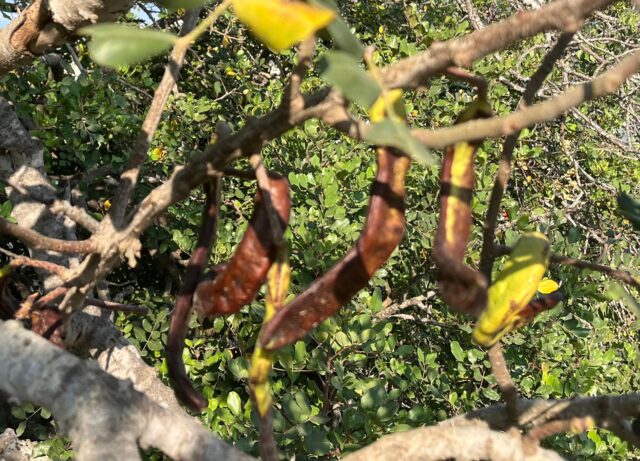
As the trees are leguminous, they endow the soils with nitrogen. Rich in energy and very palatable carob pods are a good supplementary cattle feed. Their roasted pods without the seeds produce a flour that is a caffeine-free, low-fat alternative to chocolate. The gum of their seeds can be processed into a natural food thickener. Their syrup is a healthy sweetener with many antioxidants and minerals. Carob pods have been a food of last resort during shortages. Called St. John’s Bread in many languages (Pan de San Juan, Pane di San Giovanni, Johannisbrot) is coming from the belief that St John the Baptist survived in the wilderness on carob pods. Hence their other name: locust beans.
Worth your weight in gold. Widespread as the carob trees are in the Mediterranean, their seeds remarkably are nearly uniform in size and weight. In ancient days they were used to weigh gold. Carat – the 200 milligram measure of gold – comes from the Greek word for carob seed and is the weight of a single seed of this miracle tree. Till this very day
